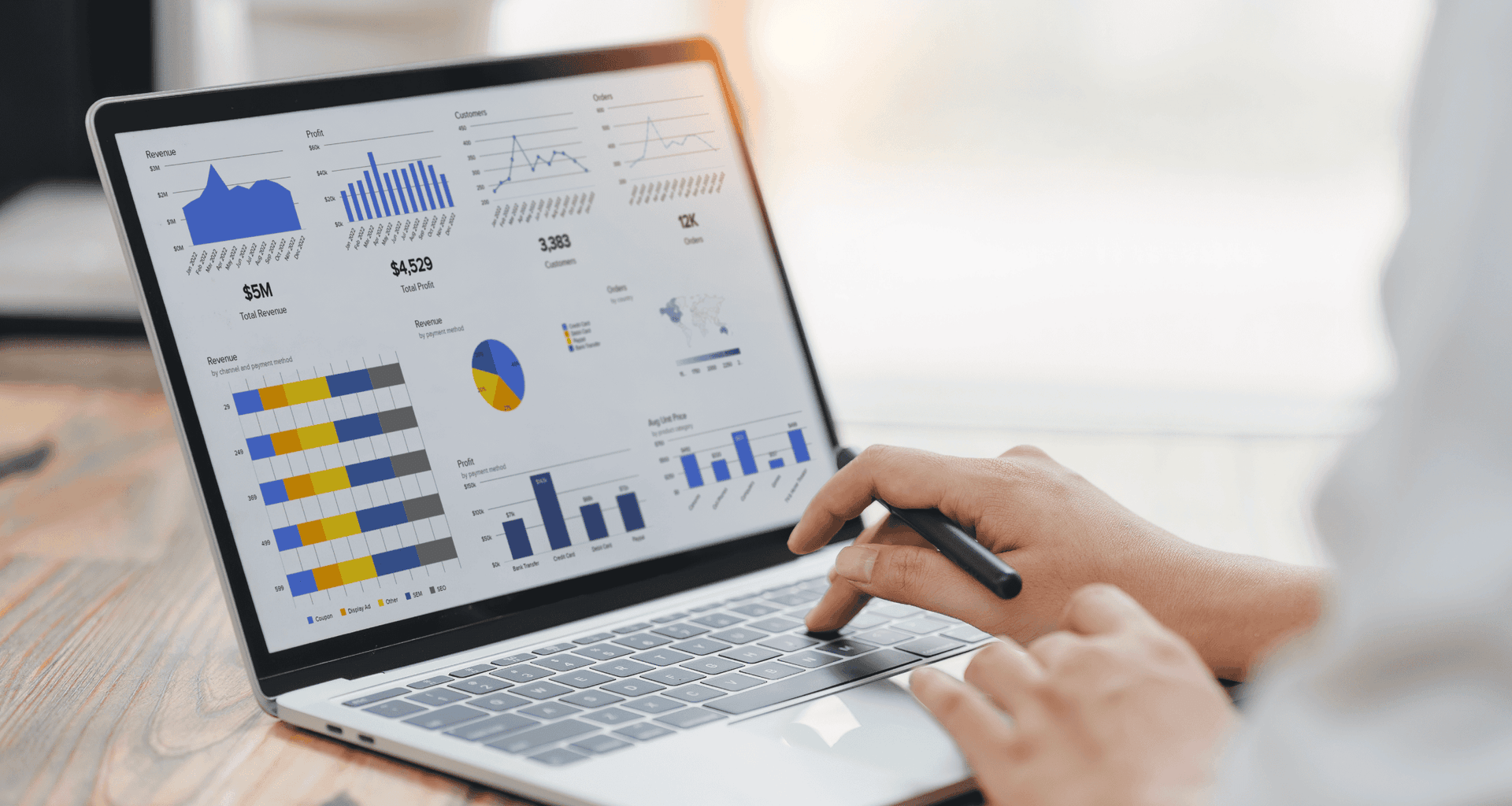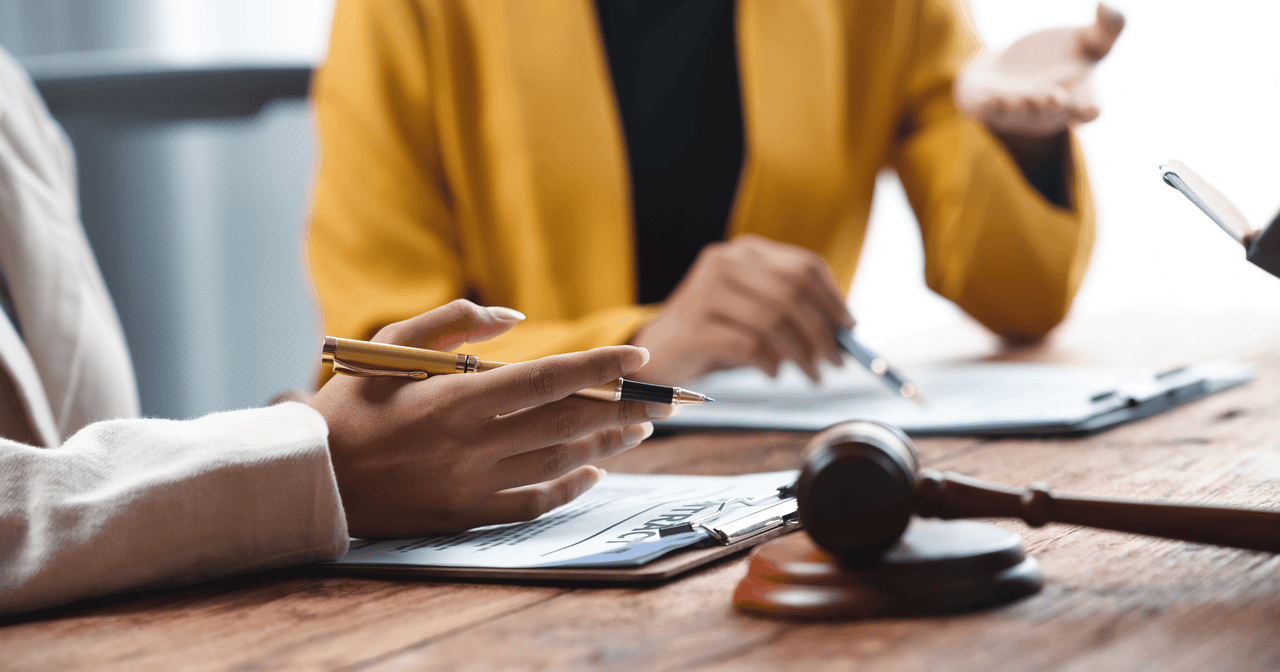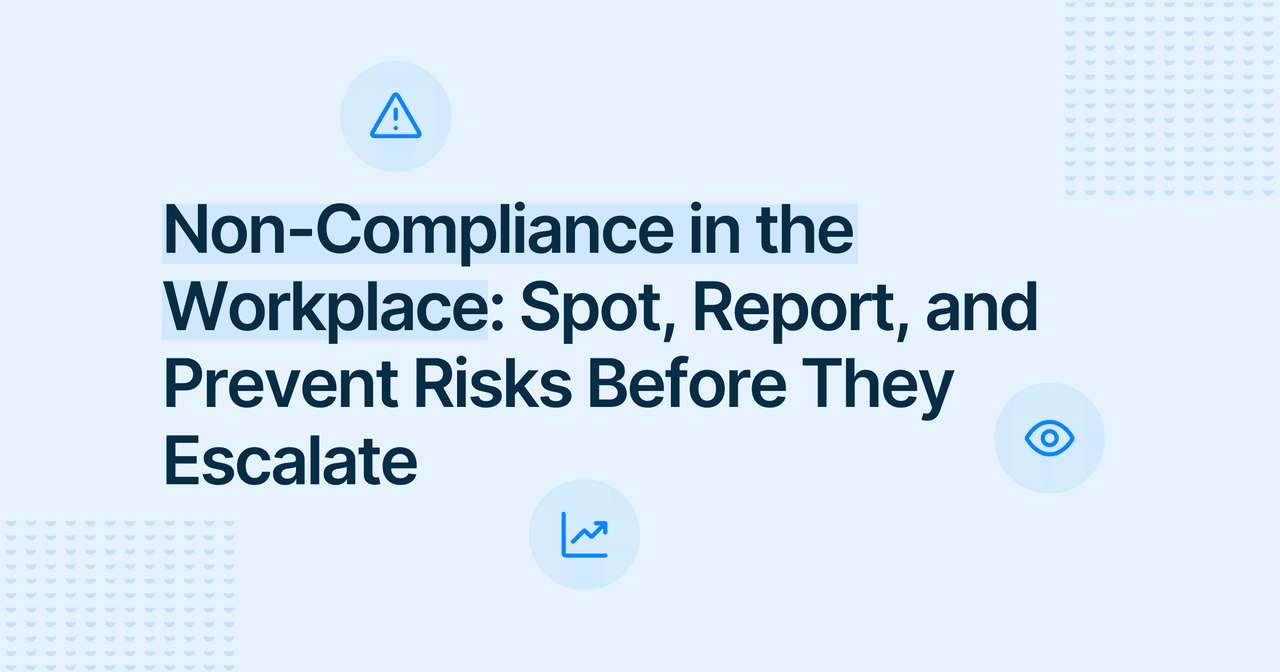Whistleblowing Investigation Manual: How to Manage Reports
Whistleblowing

Ry Hallada
Content Manager
Published
2024-09-26
Reading time
3 min


Table of contents
Subscribe to our newsletter
While some companies only need a little help managing the whistleblower investigation process, others might require a whistleblower investigations manual to avoid inefficiencies and even non-compliance with protection laws.
Maintaining ethical practices and compliance is critical to organizational success, knowing how to manage whistleblower investigations ensures that all reports are handled efficiently while adhering to whistleblower protection regulations.
Understanding the Whistleblower Investigation Process
The whistleblower investigation process is a structured approach designed to investigate allegations of misconduct, fraud, or harassment within an organization.
The process is crucial for maintaining organizational integrity, ensuring that issues raised are addressed promptly and thoroughly. Typically, the process begins when a whistleblower submits a report detailing the issue.
After that, the organization must follow defined protocols, including receiving the report, initiating an investigation, and resolving the complaint.
Common triggers for whistleblower investigations include:
- Allegations of fraud
- Sexual harassment
- Ethical violations
- Unsafe working conditions
Each stage of this process is vital to ensure compliance with both internal policies and external legal requirements.
Procedures for Investigating Whistleblower Complaints
When investigating whistleblower complaints, it's essential to follow a structured approach.
- The initial step is assessing and classifying the complaint. Different investigation paths may be taken depending on the severity and nature of the report.
- Next, organizations must determine who investigates whistleblower complaints. Often, a designated team or external experts handle these complaints to ensure objectivity.
- Gathering evidence, conducting interviews, and analyzing information are crucial steps in this stage. During whistleblower reprisal investigations, it’s especially important to protect the whistleblower’s identity to prevent any form of retaliation.
A well-defined whistleblower investigation checklist helps ensure that all necessary steps are taken. This checklist should include evidence collection, witness interviews, and legal compliance.
Conducting a Whistleblowing Investigation: Best Practices
Maintaining neutrality and ensuring transparency throughout the whistleblower investigation process are essential. Investigators must remain impartial to avoid any bias that could compromise the findings.
Using a whistleblowing investigation report template can help standardize the documentation process, ensuring consistency across different cases.
Organizations must also consider how long should a whistleblowing investigation take, as timely responses are key to maintaining trust and credibility. The duration of the investigation will depend on the case's complexity, but organizations should aim to resolve cases efficiently without compromising quality.
Managing Whistleblowing Reports Efficiently
One key aspect of successful investigations is efficient management of whistleblowing reports. Failure to manage reports can result in a backlog, delayed resolutions, and hurt trust within the organization. Utilizing tools like FaceUp’s platform can streamline the whistleblower investigation process, ensuring that reports are handled quickly and securely.
Proper management also involves effective communication with the whistleblower. Responding to reports in a timely manner helps build trust and encourages more employees to speak up in the future. This is a crucial part of managing whistleblowing reports.
Finalizing the Whistleblower Investigation Report
Once all the evidence has been gathered and analyzed, the next step is to create a detailed whistleblower investigation report. This report should outline the findings, conclusions, and any recommendations for corrective action. The report must adhere to established whistleblower investigation procedures to ensure compliance with relevant laws and internal policies.
Finalizing the report not only marks the conclusion of the investigation but also sets the stage for implementing corrective measures. Hopefully, you find this general overview of how to investigate a whistleblower complaint useful. These measures help prevent similar issues in the future and foster a stronger speak-up culture within the organization.
With FaceUp, organizations can streamline their whistleblowing investigation procedures and promote a culture of openness and accountability. If you're ready to elevate your whistleblowing investigations and create a more robust reporting system, FaceUp provides the comprehensive platform you need. Book a demo today and see how FaceUp can help you build a stronger, speak-up culture in your organization.
Keep Reading

Alaa El-Shaarawi2025-12-087 min
What Is an Ethical Code of Conduct? The System Behind Ethical Behavior in Business & Healthcare
Workplace Environment

Alaa El-Shaarawi2025-12-058 min
Non-Compliance in the Workplace: Spot, Report, and Prevent Risks Before They Escalate
Legal & Compliance

Alaa El-Shaarawi2025-12-048 min
The Best Workplace Compliance Solutions for Safety, Reporting, and Legal Peace of Mind
Legal & Compliance

Alaa El-Shaarawi2025-12-037 min
How to Ensure Compliance in the Workplace Before Small Issues Become Big Problems
Legal & Compliance


